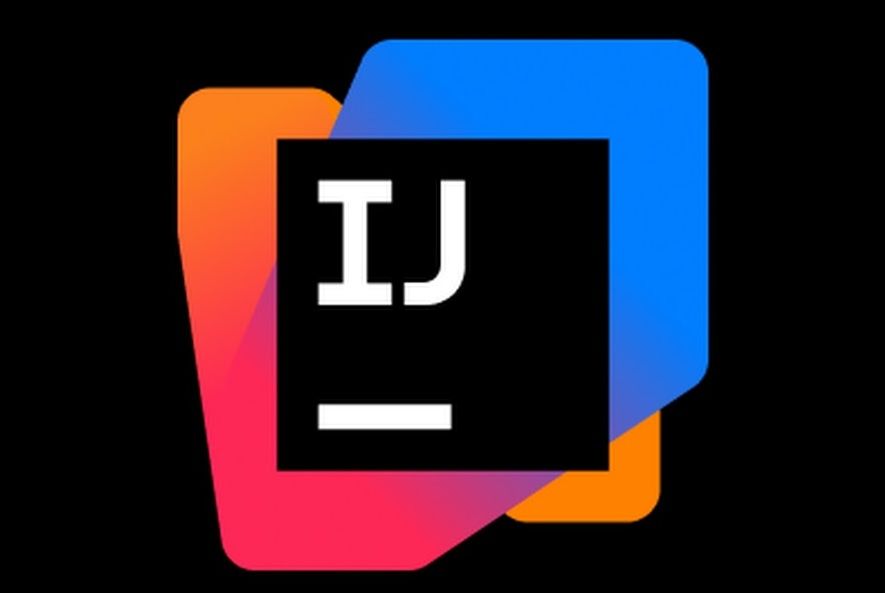
Best practices for using Python & uv inside Docker
The ultimate guide to using uv package manager inside Docker

The ultimate guide to using uv package manager inside Docker

I love IntelliJ IDEs. I use Android Studio for Android, PyCharm for Python, and GoLand for Go. They are powerful. I just wish they didn’t fill my 500GB disk as if there is no tomorrow. For example, with IDE settings left over from old installations. Bash 1 2 3 4 5 6 7 8 9 10 11 12 $ du -shc ~/Library/Application\ Support/JetBrains/* | sort -h ... 264M JetBrains/PyCharm2023.2 359M JetBrains/PyCharmCE2023.2 382M JetBrains/PyCharmCE2023.3 387M JetBrains/PyCharmCE2024.1 625M JetBrains/GoLand2023.2 927M JetBrains/GoLand2024.1 938M JetBrains/GoLand2023.3 950M JetBrains/GoLand2024.2 ... 5.3G total If you check inside, it is mostly “plugins” that are consuming the disk space. It is safe to delete all the old versions of the settings unless you are planning to downgrade. ...
Open AI is ditching TypeScript to rebuild Codex in Rust. This is a great example of why you should always ship tools as standalone static binaries using compiled languages. Reddit Comment The biggest advantage of such tools is not speed or efficiency. Rather, it is the ability to not install the full tool chain to just use a tool. Compiler provides additional safety check Compilation is an additional guardrail that reduces the likelihood of shipping non-functioning code. ...

If you are running Python in production, you will almost certainly have to decide which web framework to use. Let’s consider a rudimentary Hello world based test comparing the performance of two popular web frameworks for Python - FastAPI and Flask. I will intentionally use Docker for benchmarking as most deployments today will explicitly or implicitly rely on Docker. For Flask, I will use this Dockerfile 1 2 3 4 5 6 7 8 9 10 11 12 13 14 15 16 17 18 # Build: docker buildx build -t python-flask -f Dockerfile_python . # Size: docker image inspect python-flask --format='{{.Size}}' | numfmt --to=iec-i # Run: docker run -it --rm --cpus=1 --memory=100m -p 8001:8001 python-flask FROM python:3.13-slim AS base WORKDIR /app RUN pip3 install --no-cache-dir flask gunicorn SHELL ["/bin/bash", "-c"] RUN echo -e "\ from flask import Flask\n\ app = Flask(__name__)\n\ \ @app.get('/')\n\ def root():\n\ return 'Hello, World!'\n\ " > /app/web_server.py ENTRYPOINT ["gunicorn", "web_server:app", "--bind=0.0.0.0:8001", "--workers=4", "--threads=32"] And for FastAPI, I will use this ...

My previous article recommended that one should reconsider using Python in production. However, there’s one category of use case where Python is the dominant option for running production workloads. And that’s data analysis and machine learning. Almost all bleeding-edge work in data analysis and machine learning, especially around LLMs, happens in Python. ...

I started writing in the 2010s when Python 2 was going to be deprecated and Python 3 was too early to support. Python might have died there and then but was picked up by the data science and machine learning community, so, it survived. Running Python in production comes with various gotchas though. Python is resource-intensive Let’s consider a simple Docker image containing “Hello World”. ...

The ultimate guide to using Poetry inside Docker
As the title suggests, I was looking for a way to send HTML mails in python using Amazon SES but did not find anything (or maybe my search skills are bad). So, once I found the solution, I thought I might share it with everyone. The basic idea is that contents of the mail (raw-message) must be a JSON dictionary with “Data” as main key whose value is a key value pair containing entries with keys like “From”, “To” etc. Sample code can be seen below.